Growing up in the 90s felt like living at the cutting edge of technology, style, and culture, but many of the things that defined that decade now feel surprisingly outdated. Teens from that era might not realize how much has changed in just a few decades, as the world quickly moved on from habits and gadgets that once felt timeless. Looking back now shows how fast culture shifts and how trends that seemed permanent could vanish almost overnight.
1. Payphones Everywhere
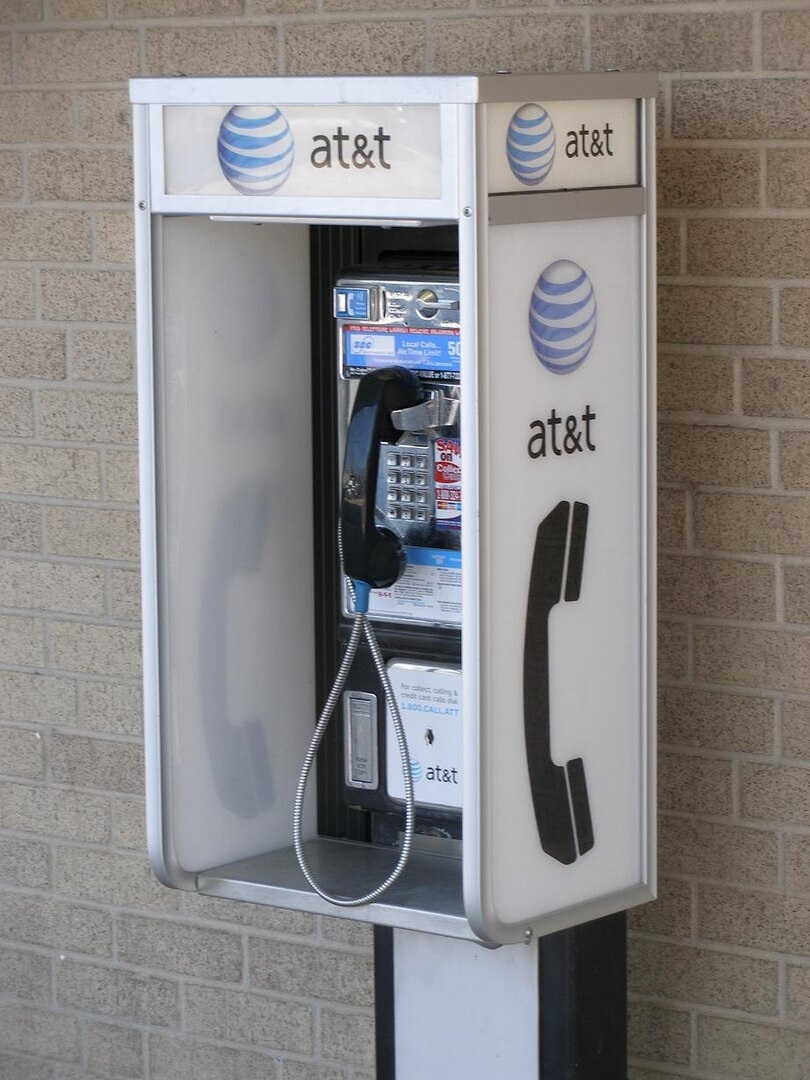
In the 90s, payphones were on almost every corner in America, a lifeline for calling home, checking in with friends, or asking parents for a ride. Dropping quarters or using a prepaid calling card was completely normal. Today, public payphones are almost extinct, replaced by the smartphones in every pocket. Even emergency roadside payphones have been removed from many highways, with 911 access and GPS making them unnecessary. What once symbolized independence for teens is now a forgotten relic of public communication.
2. Renting Movies from Blockbuster
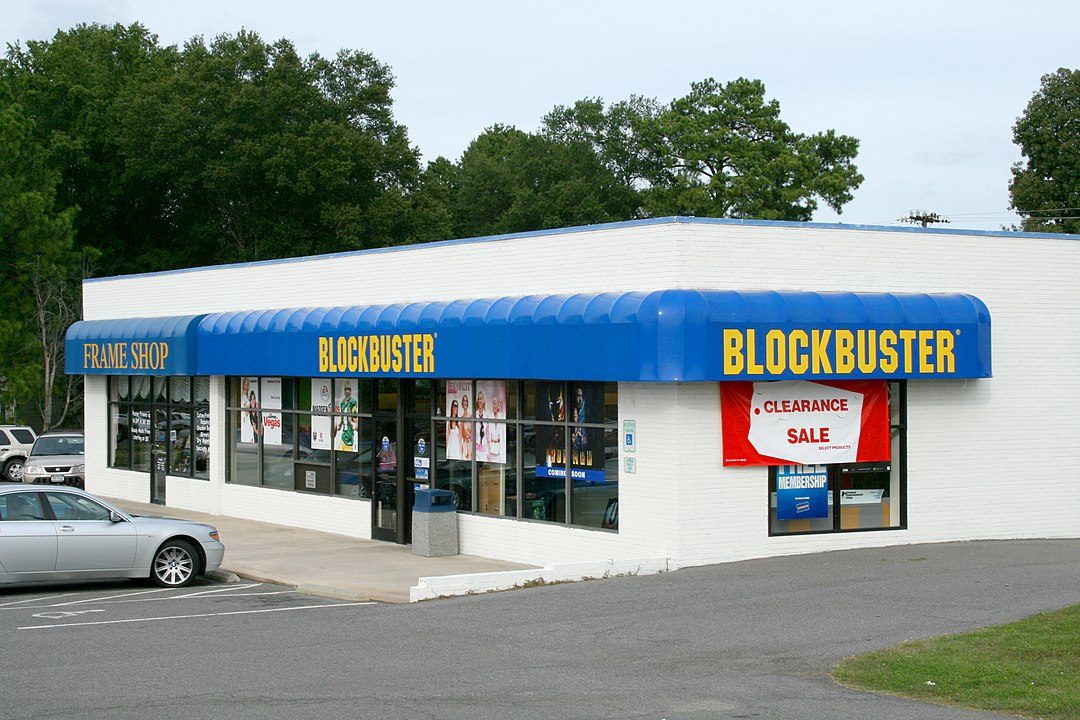
Friday nights often meant browsing the aisles of Blockbuster, carefully choosing VHS tapes or DVDs, and racing to return them before late fees kicked in. It was more than just renting movies; it was a shared cultural ritual for families and teens alike. Today, streaming platforms like Netflix and Disney+ make movie nights instant, removing the need for physical rentals altogether. Teens from the 90s might be surprised to know that video rental stores are nearly extinct, remembered mostly through nostalgia.
3. Burning CDs for Friends
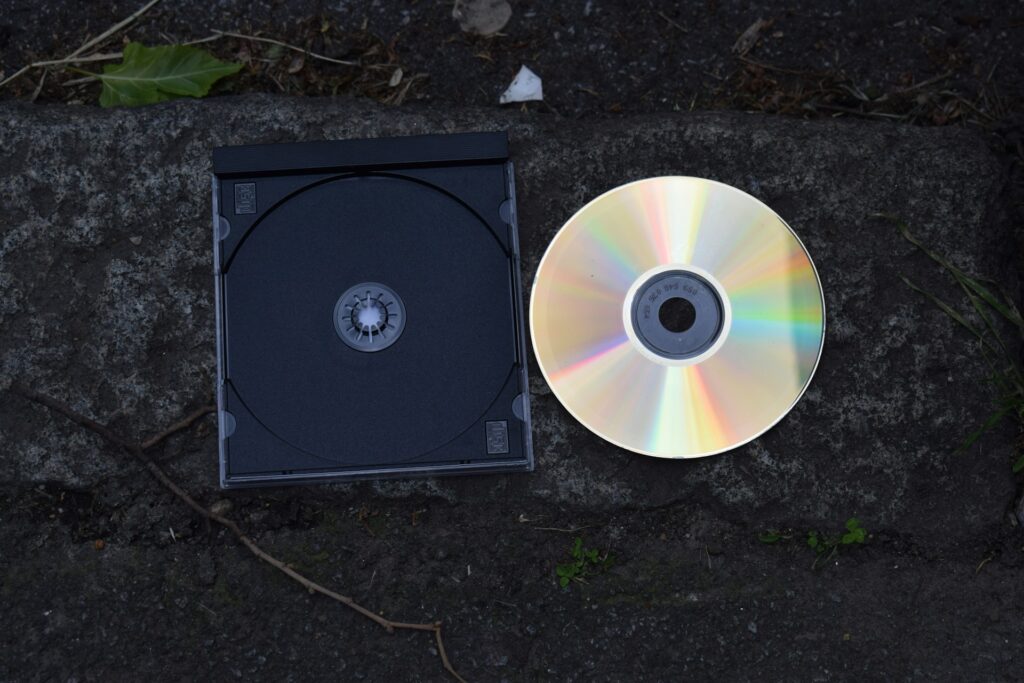
Making a custom CD mix was the ultimate way for teens to share music and show personality. Carefully choosing tracks, designing the label, and giving it to a friend or crush was a creative ritual. Now, with digital playlists on Spotify or Apple Music, sharing songs takes seconds and doesn’t require blank discs or CD burners. The art of burning CDs was once a sign of effort and affection, but today’s teens wouldn’t even know where to find the hardware.
4. Using MapQuest Printouts

Road trips in the 90s often began with parents printing directions from MapQuest or relying on folded road atlases. Teens navigating with friends had to call for help if they got lost. GPS apps like Google Maps have made physical directions obsolete, updating instantly with traffic conditions or alternate routes. The idea of holding a stack of printed directions in the car feels outdated now, but for 90s teens, it was the only way to find new places independently.
5. Listening to Portable CD Players

Every teen carried a bulky CD player, slipping it into a backpack and hoping anti-skip protection would keep the music steady. Changing albums meant carrying a binder full of discs, a heavy but essential accessory for music lovers. Today, digital music libraries fit into slim phones or wireless earbuds, with thousands of songs available instantly. What was once cutting-edge portable entertainment has faded, making CD players look more like museum pieces than everyday essentials.
6. Beepers and Pagers
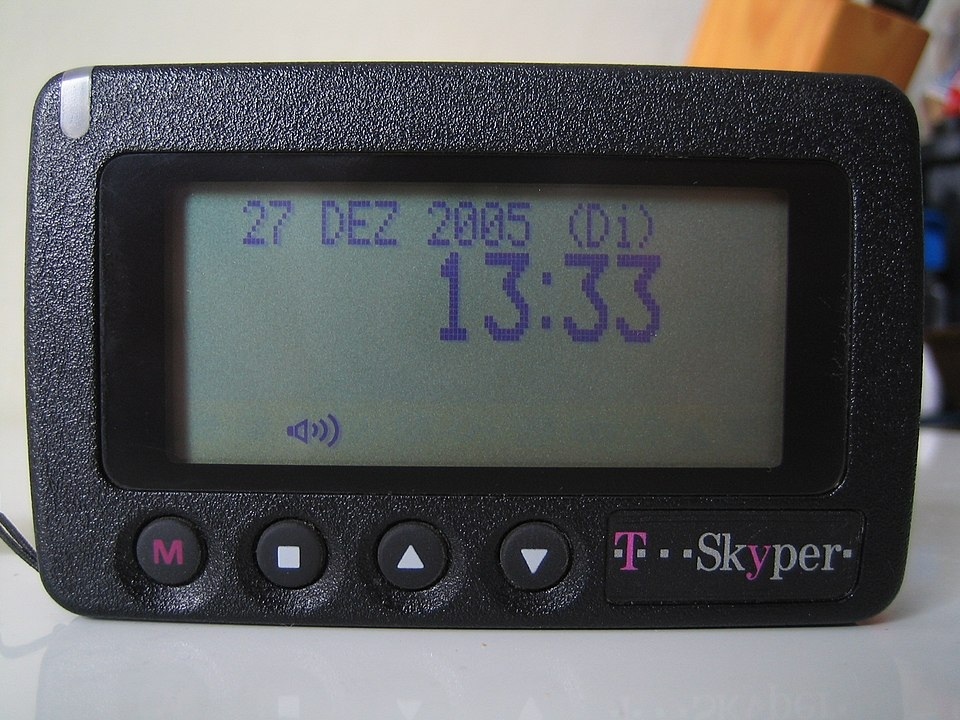
Having a pager in the 90s felt cool, especially for teens trying to keep up with trends. A beep or numeric message meant someone wanted to reach you, and you had to find a phone to call back. Cell phones replaced this almost overnight, making pagers unnecessary for everyday use. What once symbolized status or maturity among teens now feels like an outdated step in communication history, remembered mostly by doctors and emergency workers who used them longer.
7. Disposable Cameras
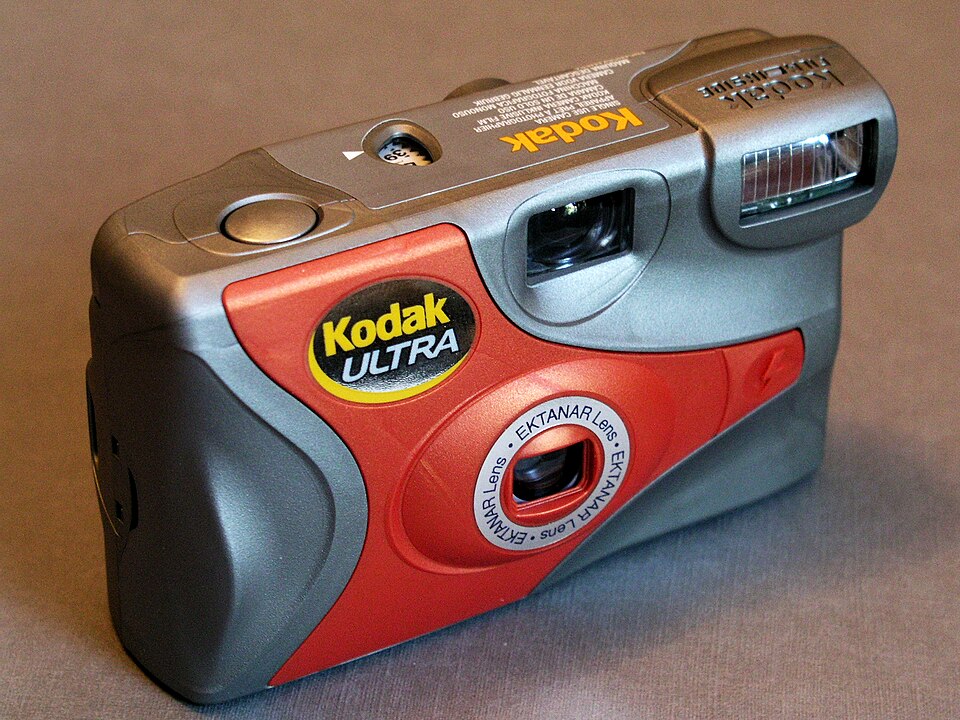
Teens brought disposable cameras to school dances, field trips, and summer vacations, snapping candid shots without knowing how they’d turn out until weeks later. Getting film developed at the local drugstore was a social event, with friends crowding around envelopes of prints. Today, instant smartphone photos with filters and cloud storage have made disposable cameras nearly vanish. While some retro enthusiasts bring them back, the slow and uncertain process feels foreign to teens raised with instant selfies.
8. Dial-Up Internet at Home
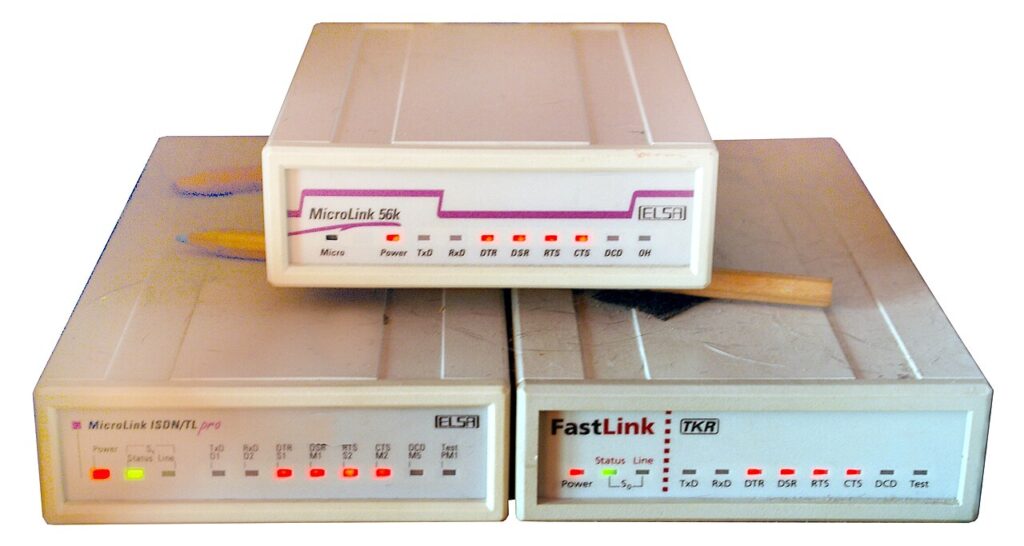
The screeching sound of dial-up internet was once the gateway to chat rooms, AOL Instant Messenger, and early websites. Teens had to wait patiently for connections, and using the internet often blocked the family phone line. Now, high-speed Wi-Fi and mobile data provide constant, instant access. The idea of waiting minutes just to check email feels alien to modern teens, but in the 90s it was part of the thrill of being online for the first time.
9. Chain Emails
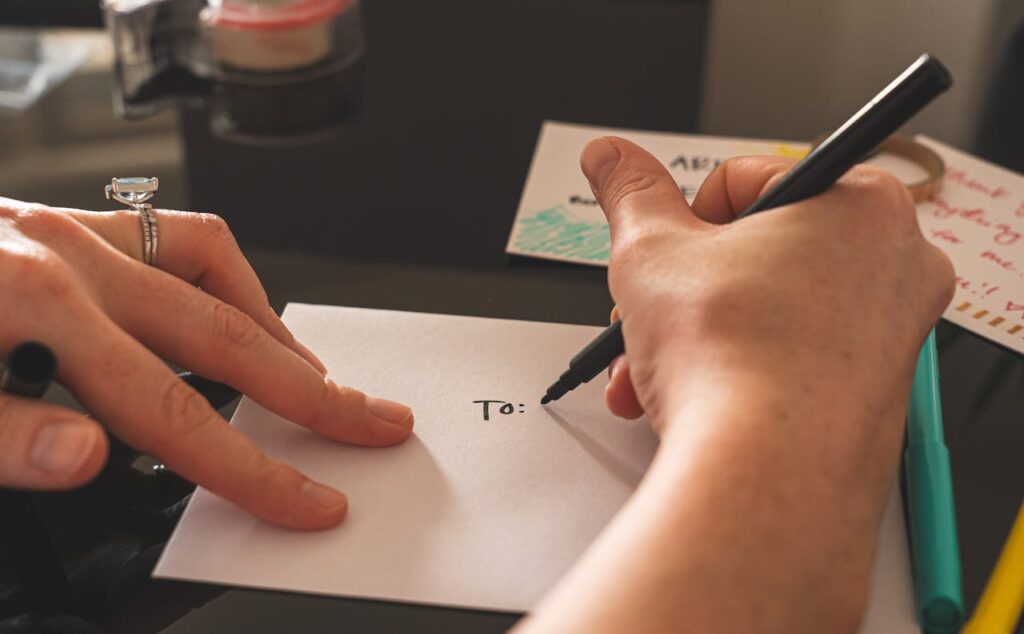
Chain emails were the viral trend of the 90s, warning teens that bad luck would follow if they didn’t forward messages to ten friends. They spread urban legends, jokes, and fake stories across inboxes, fueling digital folklore. Today, memes and TikTok trends spread faster, and email is mostly professional rather than social. For teens of the 90s, chain emails felt urgent and unavoidable, but modern digital culture laughs at their once-serious tone.
10. Phone Books

Looking up a friend’s number or address meant flipping through thick yellow and white pages that every household had delivered. Teens might have used them to call friends’ landlines or find pizza delivery nearby. With smartphones, Google, and social media, physical directories are almost irrelevant. Phone books now feel like heavy artifacts of a time when information wasn’t instantly searchable, yet they once served as the foundation of daily communication in American households.
11. Instant Cameras as a Necessity
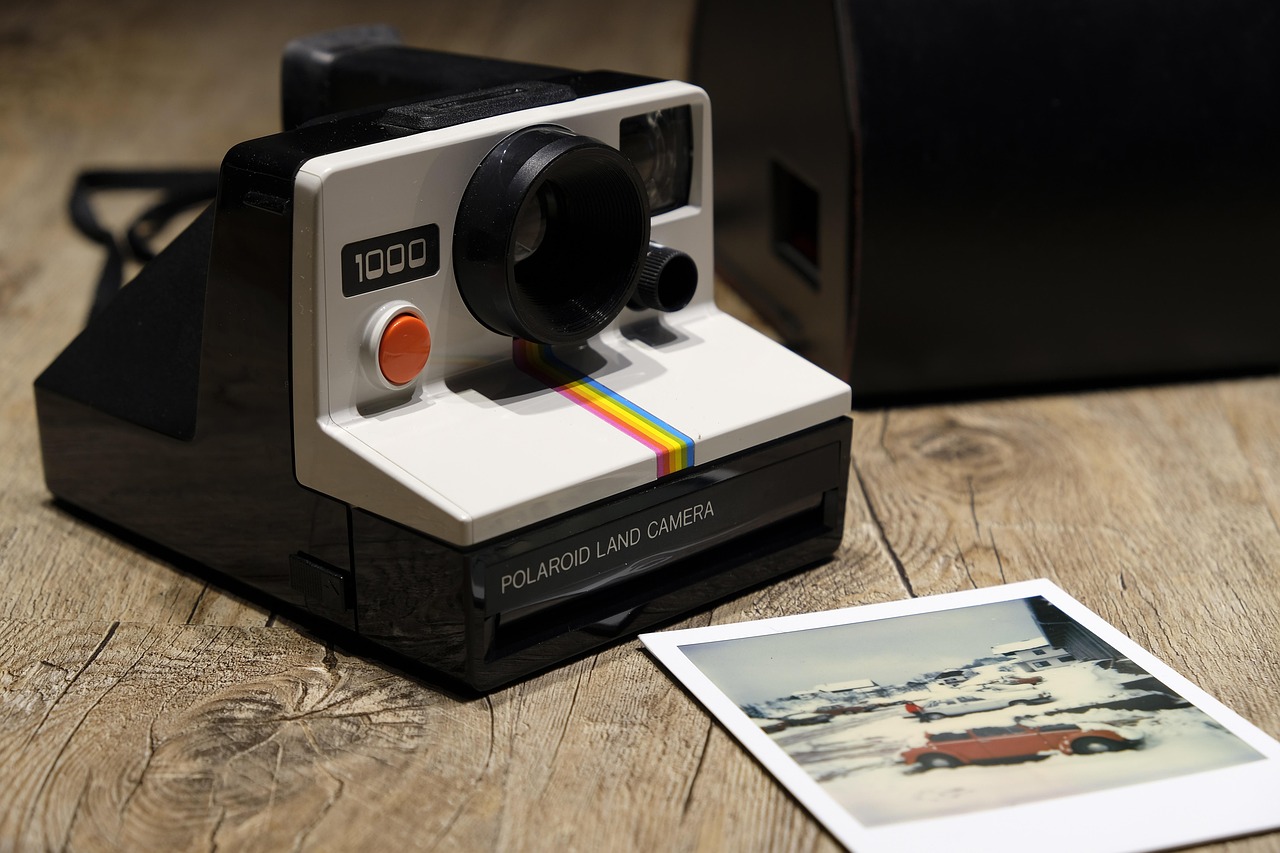
Polaroids were popular among teens before digital cameras, offering instant photos without the delay of film processing. They captured memories quickly, though the quality was grainy compared to modern images. While Polaroid-style cameras have returned as retro novelties, they’re no longer an everyday necessity for recording teen life. For 90s teens, though, they were an exciting way to get a picture on the spot, making them a must-have at parties and hangouts.
12. Cassette Tape Collections
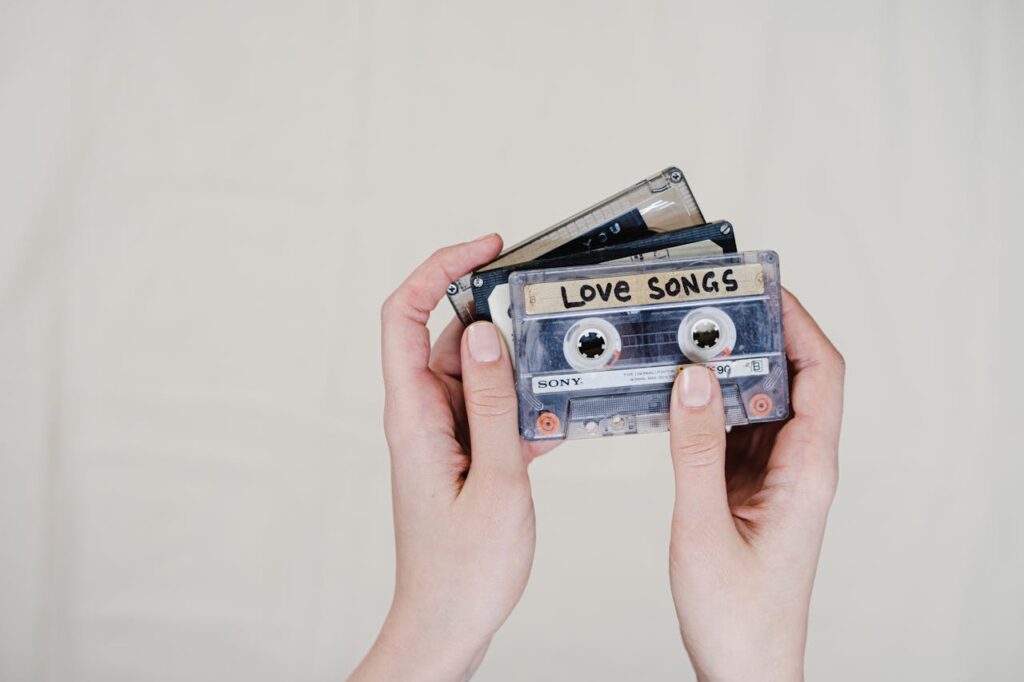
Even as CDs gained popularity, cassette tapes remained a major part of teen culture in the early 90s. Recording songs off the radio onto mixtapes was both fun and frustrating, requiring perfect timing to avoid commercials. Now, music streaming offers endless customization without the hassle. The cassette tape once symbolized creativity and musical passion, but today it’s a nostalgic throwback, with its slow rewind buttons and fragile plastic making it impractical in the modern music world.


